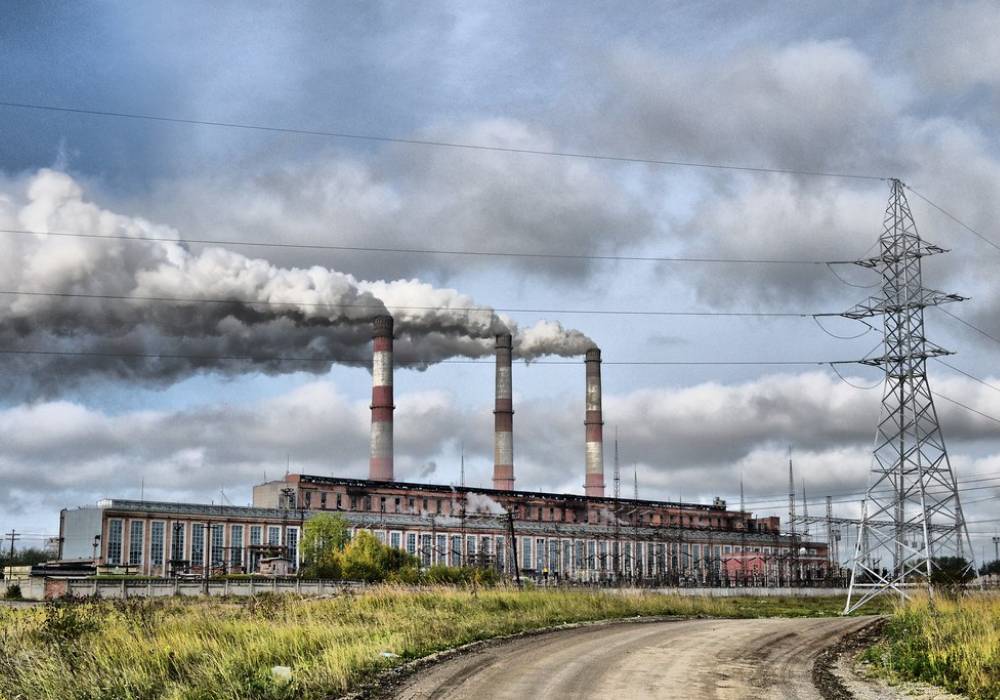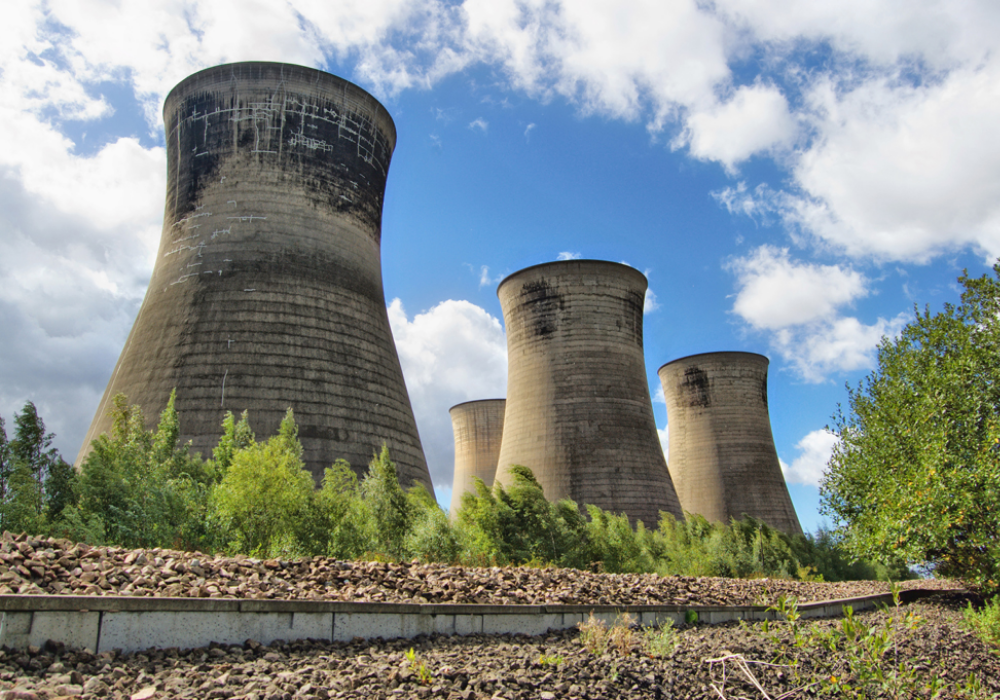
Last year saw EU power plants record the biggest decline in greenhouse gas emissions for “at least 30 years”, according to a report.
The drop in CO2 comes as the world attempts to wean itself off high-polluting fossil fuels and the bloc plots a path towards clean energy.
Research conducted by Berlin-based think tank Agora Energiewende and Sandbag, a London-headquartered climate organisation, shows emissions in the EU electricity sector fell by 120 million tonnes last year — a decrease of 12% from 2018.
Agora’s head of European energy policy Matthias Buck believes the decline — the largest since at least 1990 — was largely down to the CO2 emissions price, as it continued to “drive climate-damaging energy sources from the market”.
“In order to ensure the continued mitigation of global warming, it is important that the price of CO2 emissions remains at the current level,” he added.
Why EU power plants saw the biggest greenhouse gas emissions decline since 1990
The report says the decline in emissions was also due to a collapse in generation from hard coal and lignite-fired power plants, which recorded a 24% drop across the EU.
It adds that this decline was triggered by the increased price of CO2 emissions to about €25 ($28) per tonne, making carbon-intensive coal electricity more expensive than electricity from natural gas, nuclear power and renewable energy.
About half of the electricity that would have been produced from coal came from gas-fired power plants and renewables, instead – with the share of clean technology in electricity production reaching a new EU record of 35%.
For the first time, the bloc’s wind and solar power plants delivered more electricity than coal-fired power plants, according to the report.
Coal collapse
The data shows that all EU countries with coal power plants recorded a drop in their share of coal electricity, with the total volume sinking by 24%, or about 150 terawatt-hours (TWh).
The power generated from hard coal-fired power stations fell by 32% from 2018, while lignite-based electricity generation decreased by 16%.
Germany, Spain, the Netherlands, the UK, and Italy combined accounted for 80% of the decline in electricity from hard coal.
For lignite, nearly two-thirds of the decrease occurred in Poland and Germany, with electricity from nuclear power plants falling by 1% as the latter aims to phase-out the fuel by 2022.

Gas-fired plants were the only conventional power stations that produced more electricity than in the previous year, having experienced a 12% rise in generation levels.
Sandbag European power analyst Dave Jones said Europe is leading the world in rapidly replacing coal generation with wind and solar, which is why CO2 emissions from the electricity sector in the past year have “fallen faster than ever”.
Further acceleration of renewable expansion needed
Electricity from wind and solar grew by 64TWh compared to 2018 and, with a total of 569TWh, exceeded the amount of coal-fired electricity by 100TWh for the first time, according to data from Agora and Sandbag.
Wind turbines delivered 14% more electricity, partly down to favourable wind conditions, while power from solar installations increased by 7%.
The report says all EU member states apart from the Czech Republic experienced a growing share of solar and wind power in their electricity mix.
But nuclear power plants, which depend on water from rivers for cooling, were affected by droughts – with lower river levels also impacting coal deliveries to power plants via waterways.
Electricity generation from hydropower, which fell by over 6%, is also believed to have been hampered by drought.
For wind power, plants with a total output of 16.8 gigawatts (GW) were added across Europe in 2019 — 5.1GW more than the previous year’s additions.
In the case of solar photovoltaics (solar PV), the expansion doubled from 8.2GW in 2018 to 16.7GW last year.
Buck warned that despite the positive trends, the “pace of expansion must accelerate even further”.
The report says that by 2030, almost a third of total energy in the EU must come from renewables, which requires growth of 97TWh annually through to 2030 — 33TWh more than the amount was added in 2019.
CO2 prices prove effective
The EU Emissions Trading System sets the total number of yearly permits for greenhouse gas emissions in the energy, industrial and intra-European aviation sectors, but the report says it issues around 300 million more permits than emitters currently consume.
According to Buck, the bloc must reduce the number of issued permits faster than previously planned if it wants the emissions trading system to be effective and to encourage investment in renewables.
He adds that this is a topic that “must figure centrally in discussions about how to increase European climate targets for 2030”.

Lower electricity market prices in countries avoiding coal
The countries that have been the most ambitious in expanding their wind and solar portfolios have experienced the biggest drop in electricity market prices, with Britain, Ireland and Spain leading the way, according to the report.
Buck said the trajectory of electricity market prices shows countries developing renewables are less dependent on imports, raw material costs, and CO2 prices.
“The downward trend in coal electricity will continue,” he added.
“Twenty-one European member states and the UK have adopted phase-out plans for coal, or are no longer using coal-fired power plants in their domestic electricity mix — and two other countries are holding discussions about a coal phase-out.
“Societal demands for faster progress in climate protection shaped 2019 and, over the course of this year, Europe will increase its climate targets for 2030.
“At the same time, prices for renewables will continue to fall and, given the right framework, CO2 emissions prices should remain high.
“In other words, the post-fossil fuel age is coming. This is something that all EU member states must accept.”
Jones believes Europe must become a global leader to “show the rest of the world how it can transition rapidly and fully away from coal”.
“Poland, the Czech Republic, Romania, and Bulgaria continue to depend heavily on lignite power and have yet to develop phase-out plans,” he added.
“Such plans are necessary not only to create a coal-free EU but also because lignite power plants have swung from being an asset to a liability, as lower electricity prices and higher carbon prices in 2019 have crushed their economies.”






